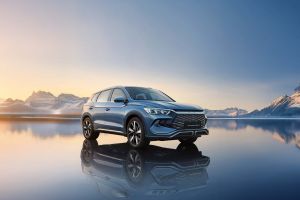
BYD brings affordable PHEV SUV to the market
BYD has added another model to its line-up in South Africa. This time it is the Sealion 5, which slots in below the larger Sealine 6, which is also available locally.
- Product News
- 15 December 2025
Fuel consumption is the biggest operational cost in any truck fleet, and ISUZU believes it has a solution for this problem, using a combination of Compressed Natural Gas and Diesel Dual Fuel (CNG-DDF).
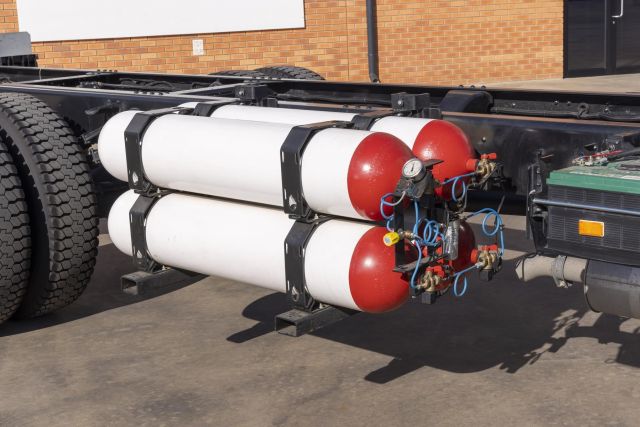
Automotive use of CNG is a proven technology - up to 14 million NGVs (Natural Gas Vehicles) operate in 80 countries worldwide.
ISUZU Motors South Africa (IMSAf) has been testing a fleet of CNG-DDF converted trucks during the past five years with proven reliability.
CNG & LPG fuels are different. While CNG consists of methane, LPG includes propane and butane. CNG is typically used as a substitute for petrol / diesel in automotive applications, while LPG is often used in industrial, refrigeration, agricultural and catering industries.
Unlike LPG, CNG is lighter than air. In case of leakage, CNG disperses quickly in the atmosphere with low risk, while LPG spreads on the ground and poses a high risk of ignition. CNG has less carbon so it produces lower amounts of carbon monoxide and carbon dioxide during combustion. Consequently, CNG is a better and safer option than LPG.
The current challenge in any fleet is ‘how green can we be’?
The use of CNG has the following advantages:
ISUZU CNG-DDF is easy to operate:
The diesel cycle engine remains in standard execution with 100% fallback to Diesel at any time.
Engine performance and efficiency are maintained in Dual Fuel mode - engine torque and power remain practically the same. Trip times are unaffected. The engine works with Diesel and Natural Gas (CNG) simultaneously – a special engine control unit determines the optimal gas/diesel fuel mixture. With similar torque and power, trip times are unchanged.
Safety Rules:
The coastal price of diesel fuel is R21.91/litre – a diesel tank of 400 litres costs nearly R8 800. While Brent Crude hovers around 84 USD a barrel, the Middle East and European wars present weekly crises and the oil price is volatile. All of this means that fuel, and CNG in particular, should be a strategic - and not just a price – consideration.
The challenge for CNG is the distribution network. Municipalities are an ideal application from an environmental, fuel consumption, anti-theft and centralised refilling viewpoint. CNG is currently only available in the Gauteng region. The CNG gas cylinders mounted to a Dual Fuel truck add to the tare mass and reduces payload – GVM and GCM remain unchanged.
CNG gas cylinders need chassis space making the conversion to CNG-DDF more suited to long wheelbase models. The fact that the cylinders can be fitted as an option to 20 ISUZU long wheelbase models is a huge advantage for fleet replacement planning, ISUZU says.
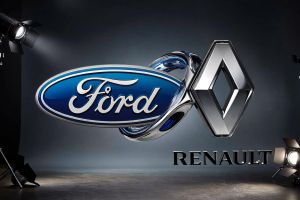
According to a Reuters report, Ford and Renault have agreed to work together on a new generation of compact, lower-priced electric cars for Europe, while also expanding cooperation on commercial vans, as both manufacturers seek to defend their market positions against increasingly aggressive Chinese rivals.
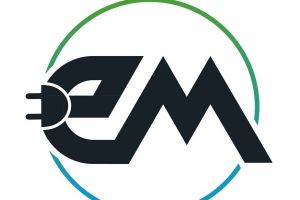
As South Africa forges ahead in the automotive landscape, a notable divide has emerged in the growing realm of new-energy vehicles.
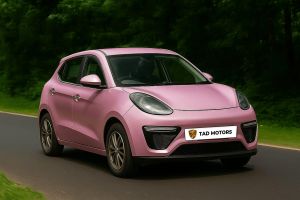
Kenya’s automotive industry recently made headlines when Tad Motors unveiled its first range of locally assembled electric vehicles (EVs), igniting discussions across Africa about the continent’s growing capacity for indigenous mobility solutions.